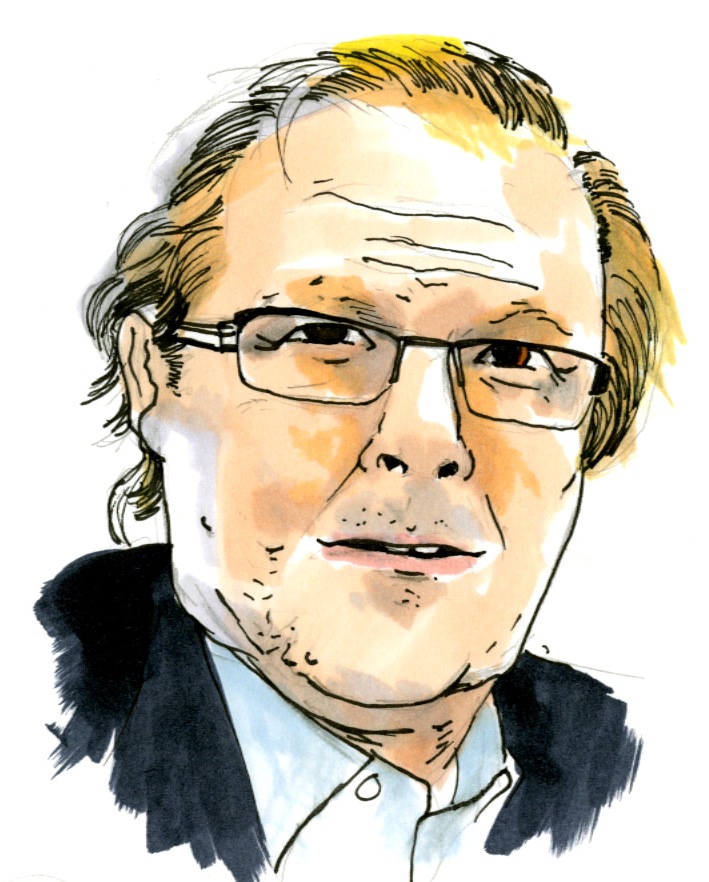“Help me Obi-Wan Kenobi. You’re my only hope.”
It’s a video sequence etched into the minds of many — a timeless image that resonates across generations. A woman clad in white robes, a flickering hologram, pleading for someone to save her.
However, this wasn’t recorded on a starship, and it wasn’t Princess Leia. It was Edwina, a PhD student from the Massachusetts Institute of Technology (MIT), transmitted across the Internet in real time as a 3D hologram, using a hacked Xbox Kinect camera and a store-bought laptop.
Holography has come quite far in the past few decades, and the Object-Based Media Group at MIT, headed by Michael Bove, is leading the charge in innovative holographic technology.
The group makes “systems that explore how sensing, understanding, and new interface technologies can change everyday life, the ways in which we communicate with one another, storytelling, and entertainment,” according to MIT’s website.
A hologram is a “display medium in which diffraction is used to reconstruct light wavefronts identical to (or at least approximating) the ones that would be emitted from a physical object,” according to Bove’s publication What is Holographic Television, and Will it Ever be in My Living Room?
Bove equates the concept of a hologram to a “magical sheet of glass.”
This glass could be inserted between a scene and a viewer, Bove said, and would remember the directions and intensities of the light rays going through it so that the scene could be removed and the viewer would still see a full three-dimensional scene behind the window. Bove and his team are trying to bring this technology to the living room.
“We’re trying to make what we’re doing compatible with other developments in consumer electronics,” Bove said.
“We’re saying rather than building custom computing hardware, let’s see what we can do with the kinds of chips that are already in our PCs and our game consoles.”
“If you have a camera like a Kinect that returns a 3D model, you can generate holograms from that,” he said.
The one remaining piece needed to create a holography set is the hologram display itself, Bove said.
“That’s something that isn’t off the shelf, and so we’re concentrating our heavy-duty engineering on making displays and we’re trying to build enough of the rest of the system out of existing hardware and software.”
Bove said that ultimately he hopes holography is the next step in the evolution of TV. Other applications include undersea robots, robotic surgery and engineering applications.
There are obstacles. One problem with holograms that researchers and developers run into is scale. Bove said the team is looking to scale their holographic displays up to TV-size in the next few years, but past that point problems arise.
“Movie theatre size is more complicated,” Bove said. “Real electronic holograms on a movie-theatre-sized screen are at least 10 years out. There are just certain technical complications with scaling holographic images up that make it really hard when they get big.
Consumer electronics aside, there are other immediate applications of holograms in terms of visual art. Seth Riskin, a former American national champion gymnast and director of the Emerging Technologies Initiative at the MIT Museum, performs “light dances” in various suits that reflect and diffract light in ways that can reproduce a hologram-like effect.
“I have developed suits using diffraction grading that essentially allow the diffraction of white light projected onto the body from remote sources into the colours of the rainbow,” Riskin said.
Riskin has experimented with various types of light and techniques with different suits, performing in Sao Paulo, New York, and Bombay. He’s also in charge of one of the largest collections of holograms in the world, at the MIT Museum. It’s a technology that has enormous potential, according to Riskin.
“Holography is still a standalone thing,” he said. “It’s a method for accessing the depth information that light carries in its wave diffractions. Tapping into that information is like a new world. You think of photography or all sorts of other ways that we use light to carry data, but this particular method of capturing and using the way light encodes depth information . . . it’s hard to imagine how potentially valuable that is.”






